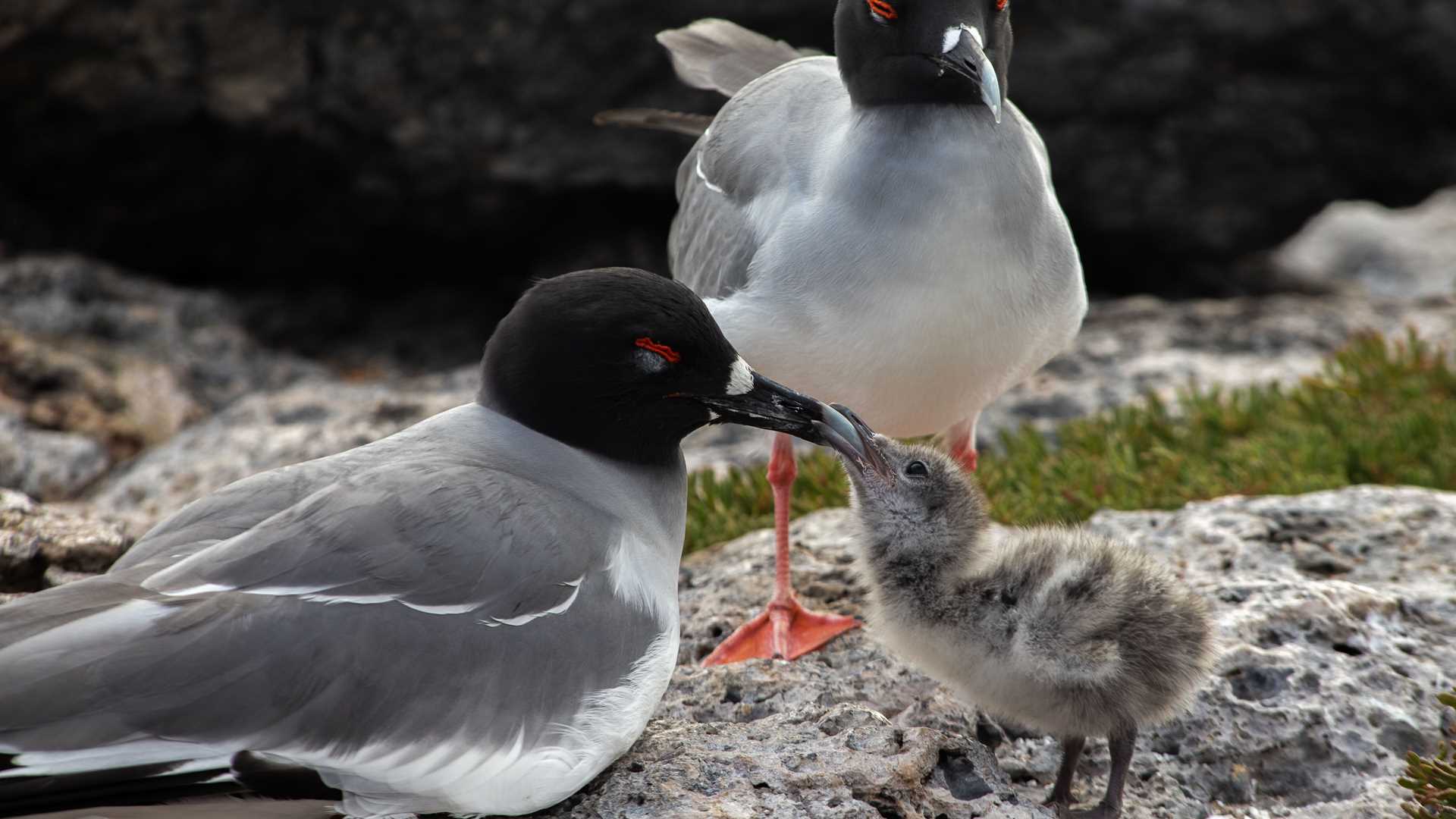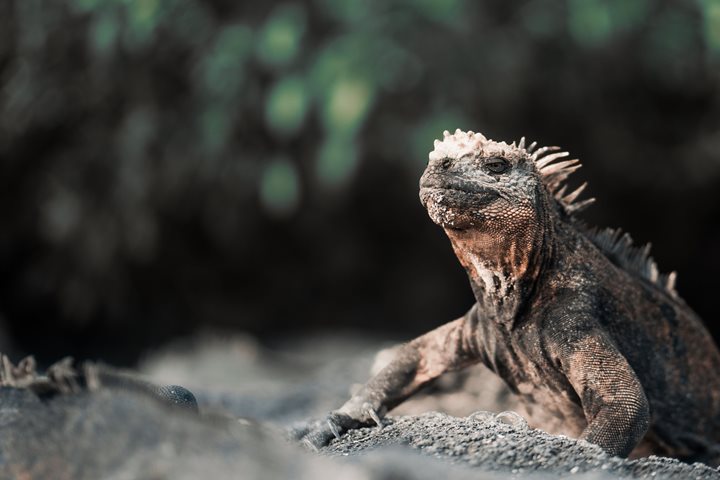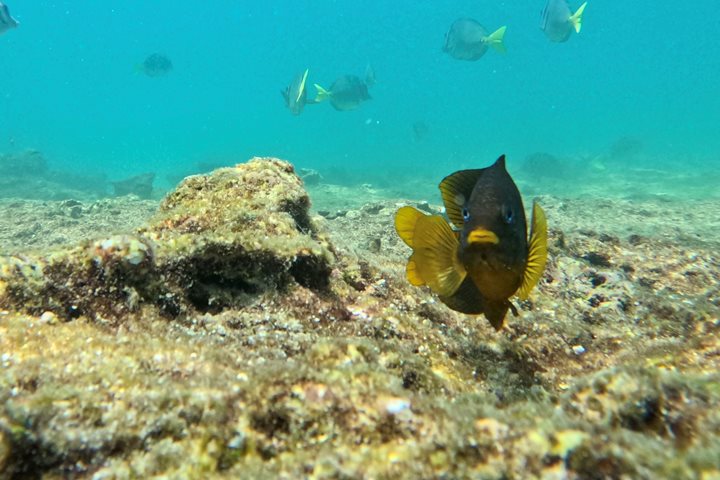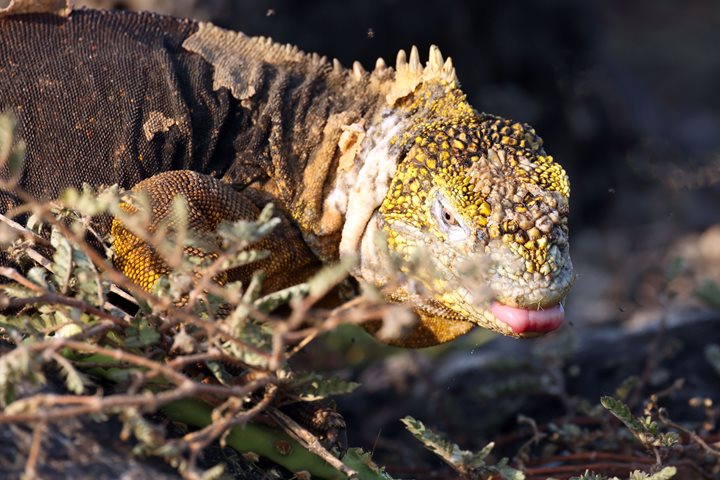It is the beginning of our expedition aboard National Geographic Islander II, and today we visited two central islands, Plaza and Santa Fe. These two islands offered us land iguanas and one of the largest colonies of sea lions in the archipelago. We all got the chance to explore the islands by land and sea, and we enjoyed amazing encounters with the unique wildlife of the Galapagos Islands.
Call +1.800.397.3348 or contact your travel advisor







